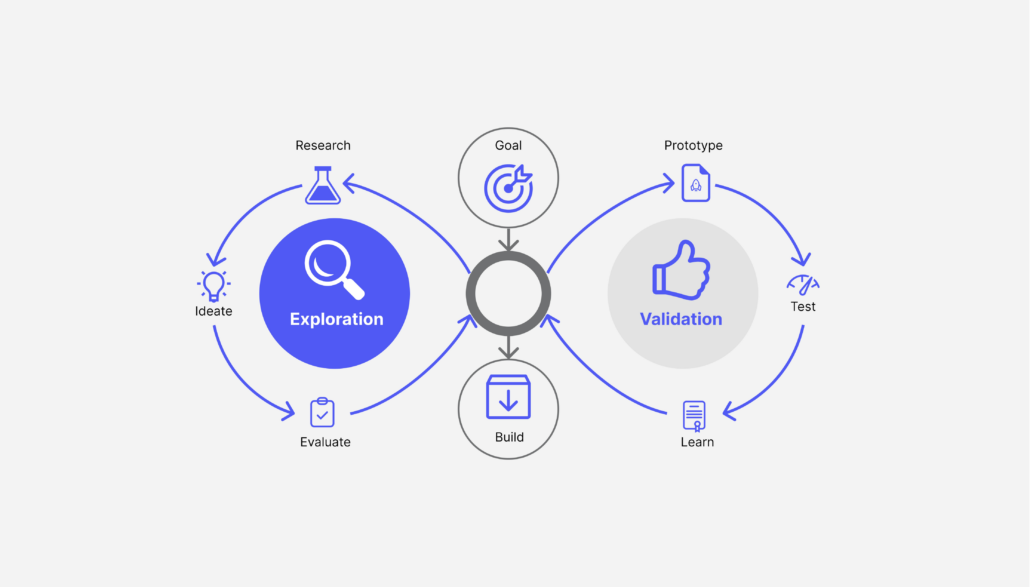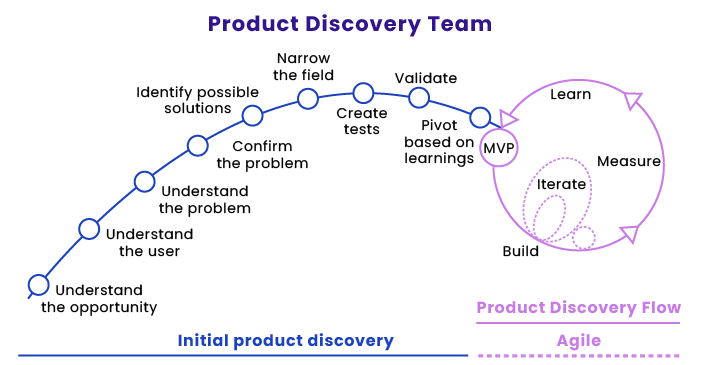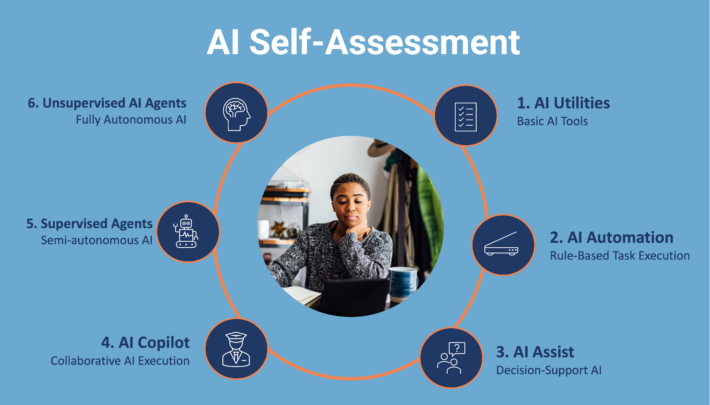My Framework for Building Products Customers Love

At Vindy and Xima, I’ve always aimed to build products that customers truly love. That’s easier said than done.
Over time, I’ve leaned on the wisdom of product leaders like Marty Cagan to create a framework that keeps our teams focused on the right things. Here’s what I’ve learned about making disruptive products.
I have used the following ten items as my guide in training new Product Managers and establishing a curious mindset culture at these two companies.

1. Vision and Passion Matter More Than You Think
Everyone talks about vision and passion, but few teams truly live it. The best products start with a deep belief in solving a real problem—not just making an app or a feature. Money should be the outcome, not the purpose. Amazon’s Jeff Bezos said it best: “Be stubborn on vision, flexible on the details.”
That mindset drives innovation. A strong vision acts as a guiding light, helping teams navigate tough decisions, market shifts, and inevitable setbacks. Passion ensures resilience; without it, teams lose momentum when facing obstacles.
Founders and product leaders must continuously reinforce the vision to keep everyone aligned and motivated.
2. Know What You Can’t Know
Not every idea is worth pursuing, and great product teams recognize that early. Before investing resources, ask:
-
Is this problem worth solving?
-
How do we validate demand?
-
Can we actually build this?
The faster you answer these, the faster you pivot or push forward. Some aspects of product development—like exact customer behavior or market timing—are impossible to predict.
The goal is to de-risk uncertainty through rapid experimentation, customer interviews, and small-scale pilots before committing major resources.
3. Customers Don’t Know What They Don’t Know
Most product failures happen because teams rely too much on what customers think they want. Customers base their expectations on what already exists, not what’s possible.
Apple is famous for building dozens of prototypes before landing on the right product. The best teams talk to more customers in a week than others do in a year—and then test, test, test.
True innovation often requires uncovering latent customer needs—problems they haven’t articulated because they assume no solution exists. This is where research, prototyping, and creative problem-solving play a crucial role.
4. Mastering Product Discovery
Successful companies treat product discovery as a core competency. Two key truths:
-
At least 2/3 of ideas won’t work (too expensive, too complex, or customers just don’t care). Identify the failures before you build.
-
Move fast. Rapid prototyping leads to better decisions. The best teams iterate daily with:
-
Low-fidelity vs. high-fidelity prototypes
-
Live-data prototypes (real interactions without full functionality)
-
User testing to uncover why people aren’t using the product
-
Product discovery is about reducing waste. Instead of building an entire feature or product only to discover it’s unnecessary, teams should validate ideas quickly with real users. The Nordstrom Innovation Lab, for example, built new products in a single week by running continuous user tests, adjusting the design based on live feedback.
5. Dedicated, Durable Teams
Great products aren’t built like projects; they’re built by teams. Product, design, and engineering must work together.
These teams need the space and time to build expertise and momentum. When teams stay intact over time, they develop deep domain knowledge, work more efficiently, and solve problems faster.
Rotating team members too frequently leads to lost context and slowed progress. Cross-functional collaboration between product, design, and engineering ensures alignment from ideation to execution.
6. Manage by Objectives, Not Tasks
Set clear outcomes instead of micromanaging features. What are we measuring—conversion rates, engagement, retention?
A good team will rise to the challenge when given real goals. By focusing on outcomes rather than outputs, teams have the flexibility to experiment with different solutions.
For example, instead of dictating that a team build a specific feature, leadership should define the problem (e.g., “increase user retention by 10%”) and allow the team to determine the best way to achieve that goal.
7. Design Is More Than Aesthetics
Many companies see design as “look and feel.” In reality, design is how the product works. It’s the entire user experience, and it needs to be a priority from day one.
Good design considers usability, accessibility, and emotional impact. Poor design leads to frustration, abandonment, and lost revenue.
Companies like Airbnb and Tesla integrate design thinking into every aspect of their product strategy, ensuring seamless user experiences that drive engagement and loyalty.
8. True Collaboration with Engineering
Engineers shouldn’t just be handed specs—they should be involved in product discovery.
If you’re only using them for code, you’re missing half their value. Engineers bring technical insights that can shape better solutions. Involving them early helps avoid infeasible ideas and enables creative problem-solving.
The best product teams work side by side, sharing ideas, testing solutions, and iterating together. This creates a culture of ownership where engineers feel invested in the product’s success beyond just writing code.
9. Build a Product Culture, Not a Process
Processes don’t create great products—culture does. The best teams:
-
Make decisions based on data, not opinions.
-
Validate ideas quickly instead of wasting months.
-
Focus on learning, not just execution.
A strong product culture fosters curiosity, encourages experimentation, and embraces failure as a learning opportunity.
Companies with rigid, bureaucratic processes often stifle creativity and slow down innovation. Teams should prioritize agility and continuous improvement over strict adherence to process.
10. Embrace Pivots
Too many teams quit too early. But the best companies—Facebook, Twitter, YouTube, Groupon—all started as something else. The key is to distinguish vision from delusion and be willing to adjust.
Pivoting isn’t about giving up; it’s about adapting to reality. Successful pivots come from learning—whether from user behavior, market feedback, or internal challenges. Teams should regularly reassess their strategy, be honest about what’s working, and make bold changes when necessary.
Building great products isn’t about following a rigid process—it’s about creating a culture of learning, testing, and adapting. At Vindy and Xima, we use this framework to stay focused on what truly matters: building products that people love.



